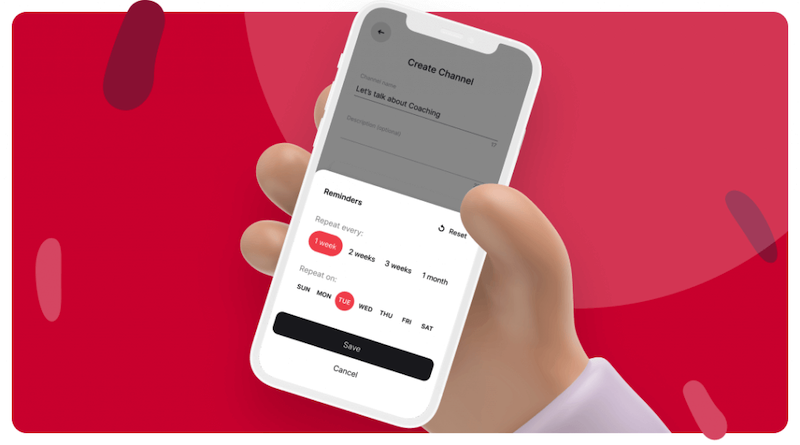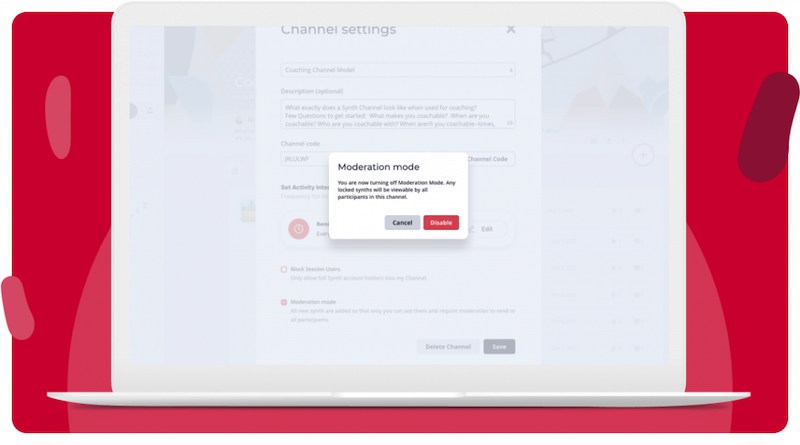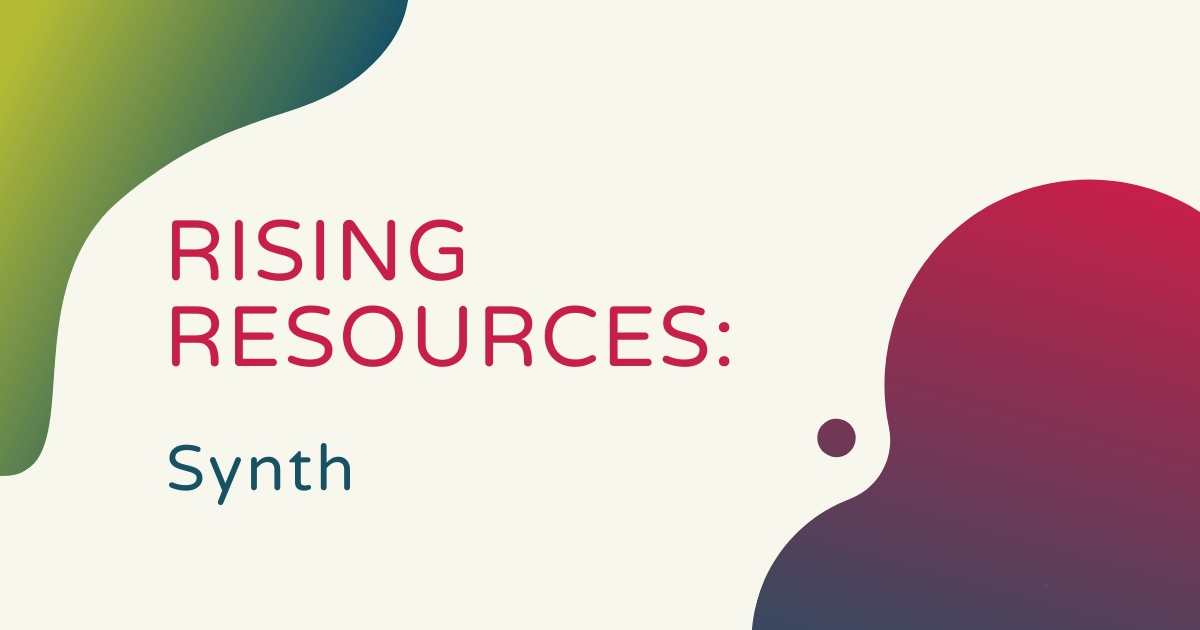Having regular conversations and building relationships with students is so important in this day and age. Throw in a year of remote learning and these short but impactful experiences may have become even more vital. When teachers build connections with their students, they also gain more of their trust. Some students need this intentional effort to be made in order to settle into their learning situation, feel more comfortable participating, or use it as a base to become more social with their peers. Even if educators don’t have the time for one-on-one conversations with students in person, they can still communicate what they want each one to know using Synth—the focus of this week’s Rising Resources post!
Synth is a digital application that’s available within your browser or as a mobile app (iOS devices). It’s free for educators to use with access to all of the platform’s features. On the Synth website, however, there is a message stating that additional plans will be announced in the fall of 2021, adding access to premium features if educators choose. Getting started with Synth is easy. All educators need to do is head to their website and click the ‘Sign Up’ button to create their account. Once set up, they can create their own asynchronous audio feedback to share with students who would benefit from additional coaching the most!
After educators get their Synth account set up, the next step is to create a channel. Teachers can set channels up with students from different classes to help keep things organized. Then, they can invite participants to their channels and share a recording of their own thoughts to get started. Once students and teachers start using Synth more, it will become more of a routine. Then, they can know where to look for responses and feedback from teachers and help replicate that key relationship building.

Teachers can use Synth to share important feedback with students when it comes to academics or social-emotional growth. It's valuable for students who need extra attention but teachers can also deliver positive feedback to students who are succeeding. The private nature of the conversations between the teacher and each student help create stronger connections each time. This is also a great way for educators to progressively gain greater trust from each student.
One of the main benefits (and goals) of using Synth is in helping students focus on active listening. One-on-one addresses from their teachers can really help them feel important. It also helps them feel like their teachers hear and recognize regardless of where learning is taking place. When recording feedback for students, teachers get the chance to engage them once again. They can refer to a previous conversation, a class discussion, or even a student's interests to continue to keep them engaged while they listen to the messages.
Depending on what students need, educators can also follow a calendar for sending communications to them. Hearing directly from their teachers—someone students truly respect—can really help them feel like they belong. It also helps them build their self-esteem and levels off their social-emotional health a bit more. At the same time, students are able to receive what can sometimes be vital reinforcement or redirection from their teachers. Since it's completely private, they're also less likely to feel embarrassed or worried as well.
There are also features within Synth that educators can use to set reminders. If working with a particular student, for example, and want to check back with them in a week or two, they can remind themselves to do so. For students who don't need as much monitoring, teachers can set these reminders further apart (or disregard them). In any case, Synth helps educators provide simple and positive feedback to students. The idea is that, with the proper feedback and a plan in place, teachers can help transform each student's experience with strategic coaching whether they're together in the classroom every day or only have a brief minute to chat from time to time.

Synth is certainly a unique tool and there are many ways educators can use it with students. These include creating audio exit tickets, setting verbal goals, and presenting evidence. When it comes to exit tickets, recording themselves asking simple questions on what they covered that day is one example. Based on student responses, educators can provide the appropriate type of feedback to them—verbally—through Synth. As for goal setting, when students regularly think about how they moved towards their goals (based on feedback), they're more likely to get there. Then, there's presenting evidence, which allows students to share their thought processes so teachers can gain more insight into how they arrived at certain conclusions.
Beyond that, Synth can help students practice and understand new language skills, be a part of interviews, and access audio newsletters from their teachers. This enables students and teachers to use Synth for more than just feedback. Students can use it to explore new types of media and share feelings in a way that's more comfortable. It all comes back to making sure everybody feels included. Whether it's in the classroom or at home, Synth is an easy-to-access solution for helping students get the most out of their learning experiences.
If you'd like to explore Synth some more, we'd definitely recommend checking out their website. They have helpful information and blog content for educators who want to learn how to provide students with more relevant feedback. You can also find the Synth app on the iOS store. For more helpful technology tools, be sure to check out our store and the rest of our blog. Follow us on Twitter and Instagram for more!



